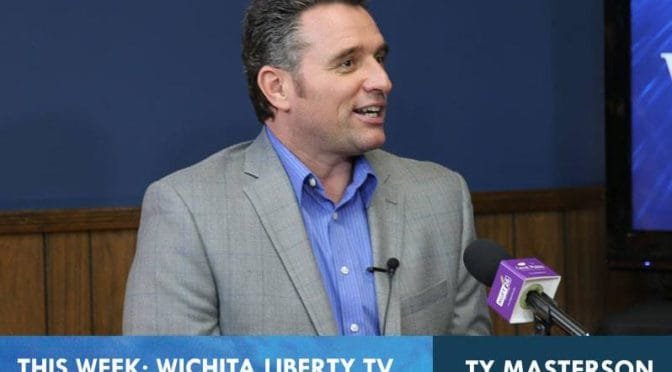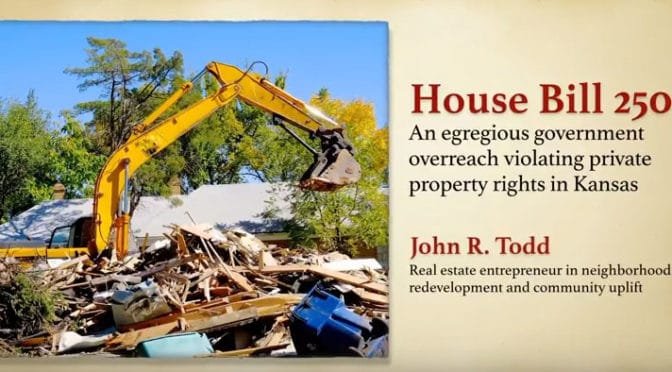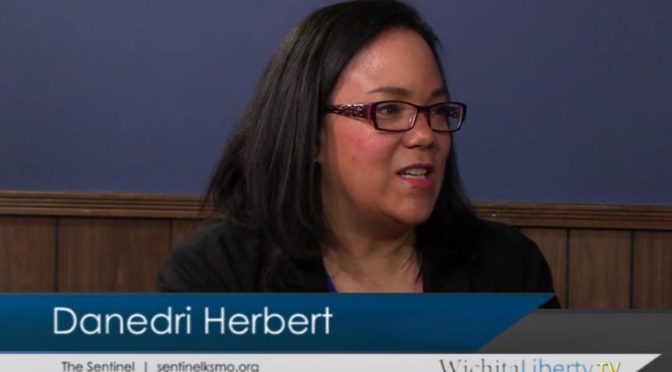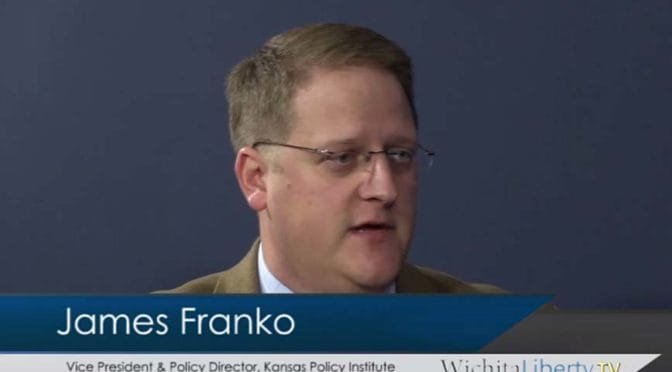Tag: Kansas legislature
-

WichitaLiberty.TV: Kansas Senator Ty Masterson
Kansas Senator Ty Masterson, a Republican from Andover, joins Bob and Karl to update us on happenings in the Kansas Legislature.
-

WichitaLiberty.TV: John Todd and the fight against blight
John Todd explains how cities in Kansas are seeking additional power to seize property, and tells us why we should oppose this legislation.
-

Kansas government data may not be available
There is a movement to increase the transparency of government in Kansas, but there’s much to be done, starting with attitudes.
-

Property under attack in Kansas
Local governments in Kansas are again seeking expanded power to seize property.
-

WichitaLiberty.TV: What Was Really the Matter with the Kansas Tax Plan
Dave Trabert of Kansas Policy Institute joins Bob and Karl to discuss his new book What Was Really the Matter with the Kansas Tax Plan –- The Undoing of a Good Idea.
-

What Was Really the Matter with the Kansas Tax Plan
Tax relief opponents have repeatedly pointed to the 2012 Kansas tax plan as their primary example of why tax cuts do not work. But, other states like North Carolina, Indiana, and Tennessee contemporaneously, and successfully, cut taxes. What was different about the Kansas experience?
-

WichitaLiberty.TV: Danedri Herbert, Editor of The Sentinel
The Sentinel’s Danedri Herbert joins Bob Weeks to discuss the upcoming gubernatorial debate, the Kansas Legislature’s website and transparency, and accountability in government.
-

Dale Dennis, sage of Kansas school finance?
Is the state’s leading expert on school funding truly knowledgeable, or is he untrustworthy?
-

WichitaLiberty.TV: Kansas State of the State for 2018
James Franko of Kansas Policy Institute joins Karl Peterjohn to discuss Governor Brownback’s State of the State Address for 2018. Topics include schools and Medicaid expansion.